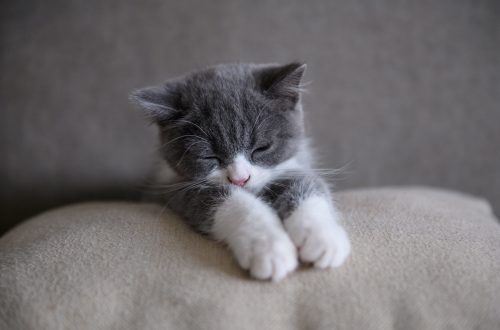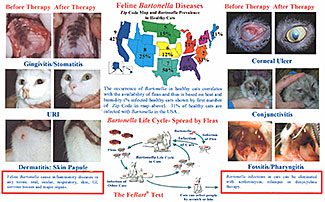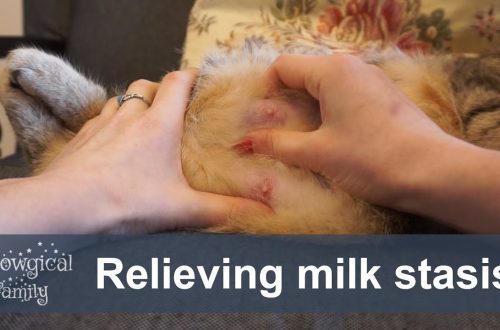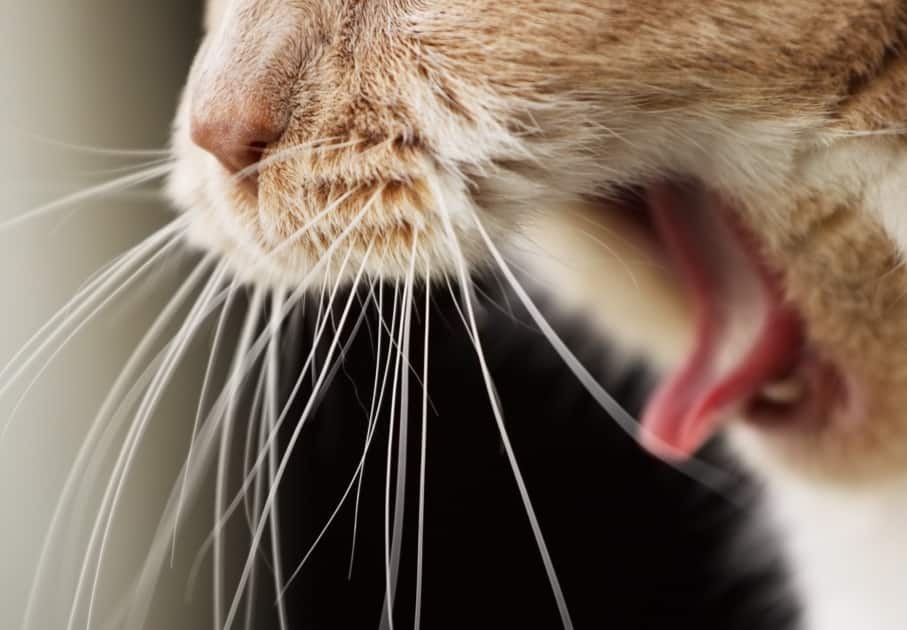
The cat is choking: what to do
In the event of a pet emergency, it is important to know what to do. The article contains several useful ways to help a cat in a crisis, from the Heimlich technique to the prevention of suffocation.

Contents
The cat began to choke: how to help her
Sometimes the cause of a cat’s choking is a ball of fur that it cannot cough up. But more often accidents occur due to foreign objects stuck in the throat – food, hair ties, plastic toys and other foreign objects. If the cat is choking, remain calm and determine if her airway is indeed blocked. If it’s just a ball of fur, she will spit it out after a few seconds. In case of airway obstruction, it is necessary:
- Examine the oral cavity. First you need to carefully open the cat’s mouth and examine it. Feel it with your index finger from the inside to try to remove the foreign body, gently pull on the tongue to check the back of the throat. In the process of examining the mouth, care must be taken not to push the foreign object even deeper into the throat, reports Cat-World Australia.
- Heimlich maneuver on cats. When performing the Heimlich maneuver, you need to press the cat with its back to your chest so that its paws hang freely. With your hands, gently but firmly press down on her abdomen in a series of quick upward motions, about five times. If the obstruction isn’t cleared after the first series of thrusts, PetCoach says, you need to take the cat by the thighs of the hind legs so that its head is down, and again gently feel its mouth with your finger. Then you need to sharply hit the cat on the back and check the mouth again. Once the foreign body has been removed, the animal should be transported immediately to the nearest emergency veterinary clinic.
Cat choking: can it be prevented
Eliminating the danger of cat suffocation is the main way to keep the animal safe. To do this, you need to walk around the house and examine the territory through the eyes of a cat: what is there small and shiny that can be easily swallowed? Items that create a choking hazard may include:
- goods for children’s creativity, such as pompoms, threads, springs;
- office rubber bands;
- paper clips and staples;
- plastic bags and cellophane;
- bottle caps and wine corks;
- straws for drinks;
- aluminium foil.
Curious cats will definitely go scouting when the owners are not at home, so you should store things out of the reach of pets. Don’t let your cat play with litter like aluminum foil balls or plastic bags. She might like it, but it would take no more than a second for such an object to get stuck in her throat.
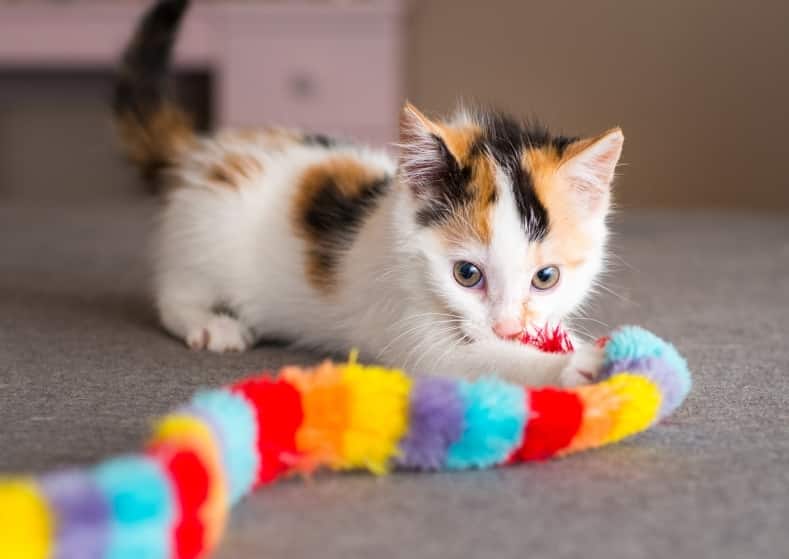
Safe toys for cats
Some cat toys can also be dangerous. It is better to avoid toys with hanging decorations – feathers, bells and things with springs. For active pets, larger toys are suitable, such as balls, toy mice, or crumpled sheets of paper that won’t fit in the cat’s mouth. Together, you can have fun playing with the popular fishing rod toys, but putting them out of reach when playtime is over.
Despite the famous image of a cute kitten playing with a ball of knitting wool, it is not safe for a cat to play with ropes, threads and ribbons, as she can swallow them and choke. If a cat has a rope sticking out of its mouth or rectum, it cannot be pulled out. So you can damage the animal’s throat or intestines. If there is a suspicion that the cat has swallowed a rope, thread or ribbon, this is an emergency situation that requires immediate medical attention.
Why does a cat choke
In some cases, cats cough and choke due to health problems. For example, trying to get rid of a hairball, she will cough until the hindrance comes out. It’s not an emergency like choking, but it causes a lot of inconvenience for your furry friend. A ball of fur that doesn’t want to come out can lead to serious health problems if it gets stuck and blocks the digestive tract.
If your cat is burping up a hairball more than once a week, you should talk to your veterinarian about starting food or other treatments to prevent hairballs. For example, Hill’s lineup includes Hill’s Science Plan Hairball Indoor dry food for adult cats and Hill’s Science Plan Hairball Indoor 7+ for hair removal in older domestic cats.
This process in the cat’s stomach can also indicate the presence of an underlying pathology.
The Cornell Cat Health Center notes that in some cases, frequent vomiting can be a sign of a gastrointestinal or respiratory disease, such as asthma. In order to determine the cause of the cough and help the cat, it is necessary to visit your treating veterinarian.
See also:
Hairballs in the digestive tract
How to deal with hairballs in a cat
Safe toys and games for kittens
10 easy tips to keep your home safe from a kitten



